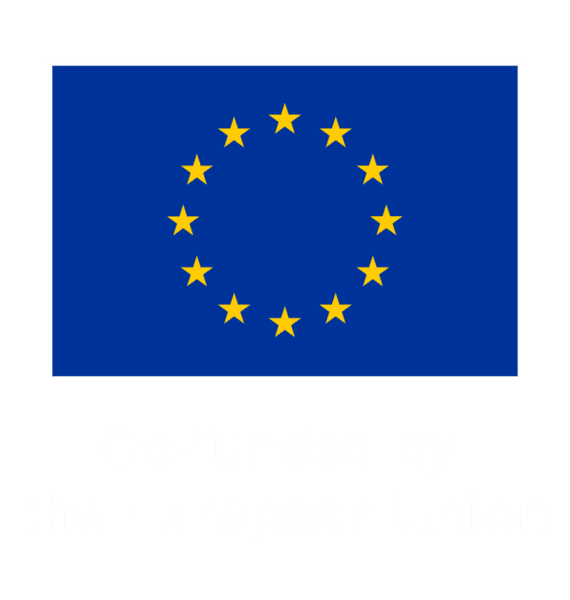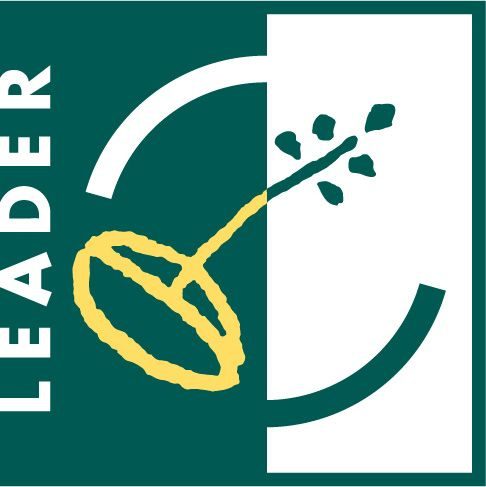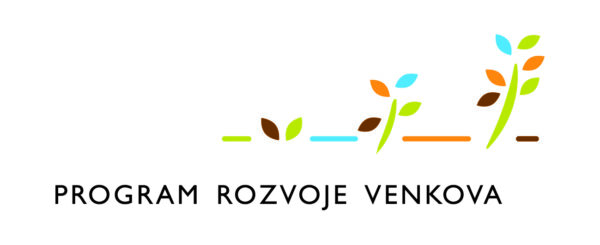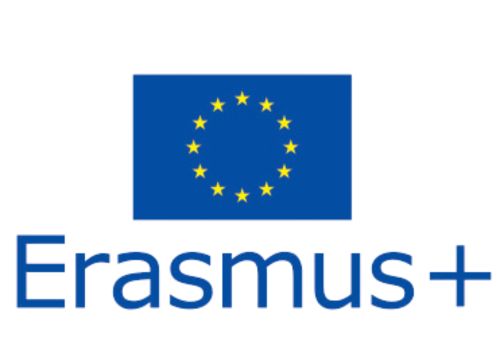
07.08.2022
Naše rodilá mluvčí, učitelka anglického jazyka a vaření, Laura připravila následující shrnutí své Erasmus + zkušenosti: Traveling to Florence for the Erasmus+ course was an extraordinary experience, not only because of the content of the course, but because, as a setting rich in art and history, Florence provided the perfect backdrop to discuss integration of authentic, real-world content and language learning.
The course I participated in was titled CLIL (Content Language Integrated Learning) in Secondary Education. Each day we focused on a new subject area, covering math, art, history, and science. Our instructor, Sheila, provided practical activities for each subject area, as well as resources and paths to developing our own activities and scaffolding them for different language levels. For example, in a lesson integrating art and language, and she showed us images of several famous works of art from the Italian Renaissance and provided us with various questions to facilitate discussion. She instructed us to choose a part of the piece and sketch it, asking us afterwards what we had noticed about the piece while we were sketching it that we hadn’t realized beforehand. It was these kinds of practical, easily customizable lesson ideas that I found particularly useful. Her lesson concepts were inspired by the city of Florence, which was a lovely way to teach us all a bit more about the rich culture and history of the city we were visiting. We learned about Galileo, Michaelangelo, the Italian Renaissance, the Medici family, and so much more, just through her example lessons.
In addition to practical exercises, the course highlighted the significance of authentic materials and tasks in language classrooms. By utilizing real-world content like articles and case studies related to the subject, we as teachers can create a more dynamic and relevant learning environment. The course emphasized the importance of choosing materials that resonate with students‘ interests, ensuring that language development is both engaging and contextualized. Overall, our instructor provided valuable insights and practical strategies for effectively combining content and language instruction, equipping me with the tools to create a more enriching and impactful language learning experience for our students.
The participants and I also spent quite a bit of time getting to know each other, sharing information about our various schools and backgrounds. People from all over Europe attended the course, from Spain to Hungary to Poland. I thought I might be the lone American, but it was not the case! Our course instructor, Sheila, was also from the United States and we spoke at length about what brought us to live in Europe and why we chose to stay. I really enjoyed speaking with the other participants as well, both personally and professionally. We shared stories and discussed best practices; I learned so much from connecting with a wide variety of personalities and educators. I loved sharing Sofie with them as well; they had many questions for me about Montessori practices, which I did my best to answer adequately. Through the course, I realized that the Montessori method and CLIL are quite compatible with one another. It was invigorating to share a classroom, even for such a short time, with people who are so passionate about engaging their students and equipping them with the real-world language skills they need to move forward with their education.
Overall, it was an enriching experience, both personally and professionally. I had the privilege of walking past the extraordinary Cattedrale di Santa Maria del Fiore each day, eating fresh gelato and pasta, and sitting in a classroom and learning, not only from my instructor, but also my peers. I was sad to leave Florence, but reinvigorated to return to school and put new ideas into practice.
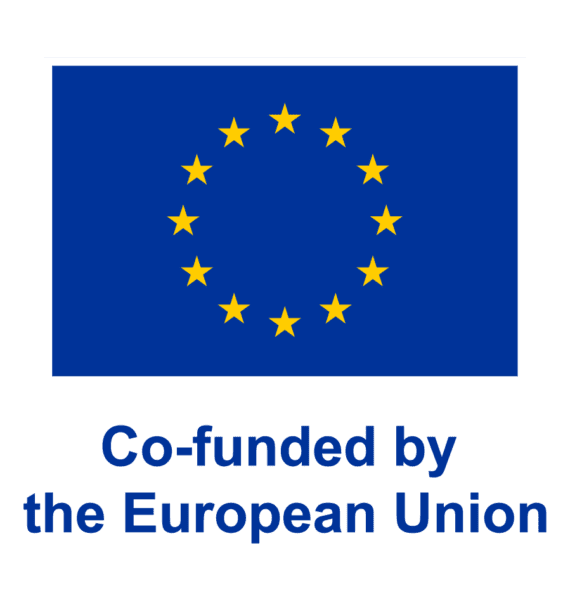
Funded by the European Union. Views and opinions expressed are however those of the author(s) only and do not necessarily reflect those of the European Union or the European Education and Culture Executive Agency (EACEA). Neither the European Union nor EACEA can be held responsible for them.

